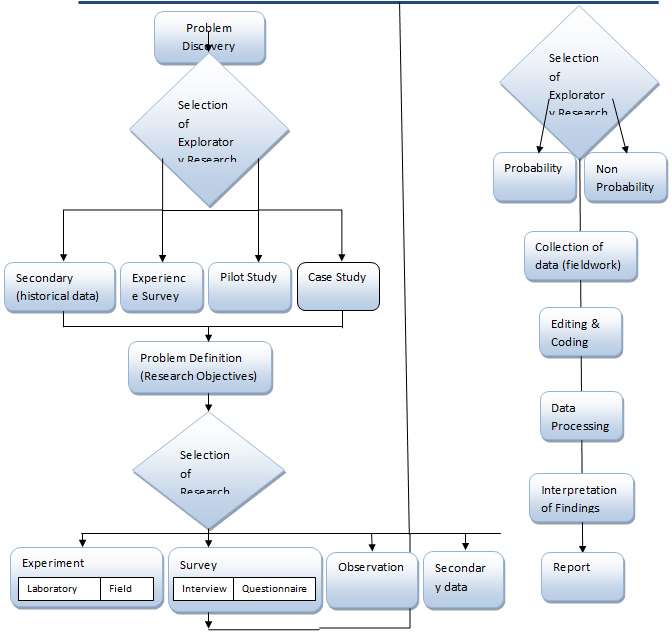Conjoint Analysis – Meaning, Usage and its Limitations
February 12, 2025
 How is B2B Marketing Done ? – Process of Business to Business Marketing
How is B2B Marketing Done ? – Process of Business to Business Marketing
Business marketing refers to the sale and purchase of goods and services between two businesses. Let us understand the complete process of Business to Business Marketing No client would like to invest in your brand unless and until it stands apart from the rest. Your products and services must stand apart from the rest to […]
 Effective Corporate Governance Has to be Practiced at all Levels of the Organization
Effective Corporate Governance Has to be Practiced at all Levels of the Organization
Some Recent Scandals Involving Corporate Governance The recent months have seen a spate of scandals involving corporates pertaining to corporate governance. From the Indian IT (Information Technology) bellwether, Infosys, to the hottest startup and Unicorn (startups that are valued at more than a Billion Dollars) and the TATA group to name a few, the corporate […]
 How Generational Differences can explain the Corporate Governance Issues in Infosys
How Generational Differences can explain the Corporate Governance Issues in Infosys
The Genesis and the Root Cause of the Problems Faced by Infosys In 2019, the venerable IT (Information Technology) firm and the bellwether of the Software industry, Infosys, has been in the news for all the wrong reasons. Starting with the changes to the Board and the Management to the stepping aside of the founders, […]
 Brand Name – Definition, Features and Considerations behind naming a Brand
Brand Name – Definition, Features and Considerations behind naming a Brand
Brand name is one of the brand elements which helps the customers to identify and differentiate one product from another. It should be chosen very carefully as it captures the key theme of a product in an efficient and economical manner. It can easily be noticed and its meaning can be stored and triggered in […]
 Services Marketing – Moment of Truth
Services Marketing – Moment of Truth
Every business knows that in order to thrive it needs to differentiate itself in the mind of the consumer. Price has proved inadequate since there is a limit to how much a firm can cut back on its margins. Product differentiation is also no longer enough to attract or retain customers since technological advances have […]
The main purpose of marketing research is to lower the uncertainty and risk in marketing decision-making. To achieve this, several stages are followed which are depicted in the flow diagram below.

Let us look at each stage meticulously.
Following are some of the practised ways of forming a sample:
This is illustrated in the table below:
| |||||||||||||||
The final report is presented to the client.
Your email address will not be published. Required fields are marked *